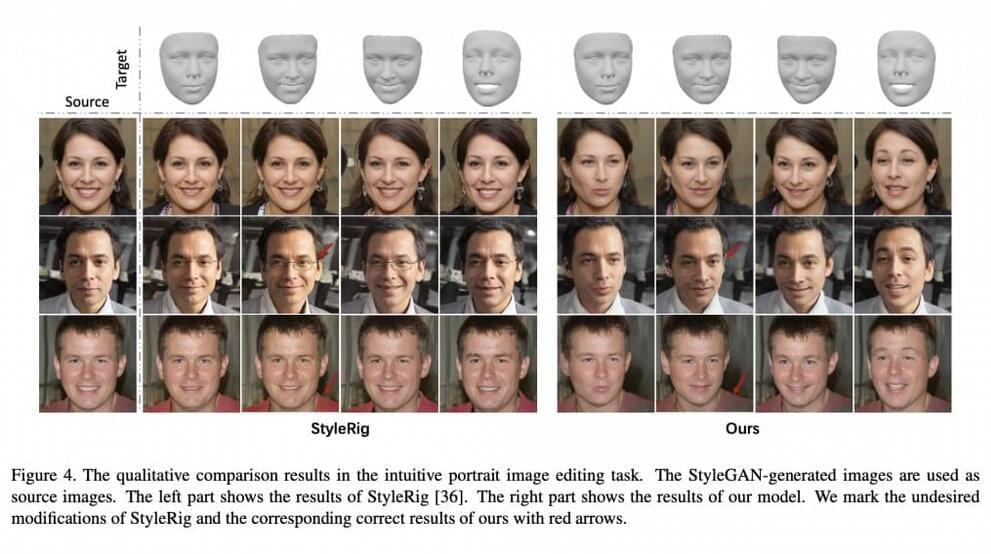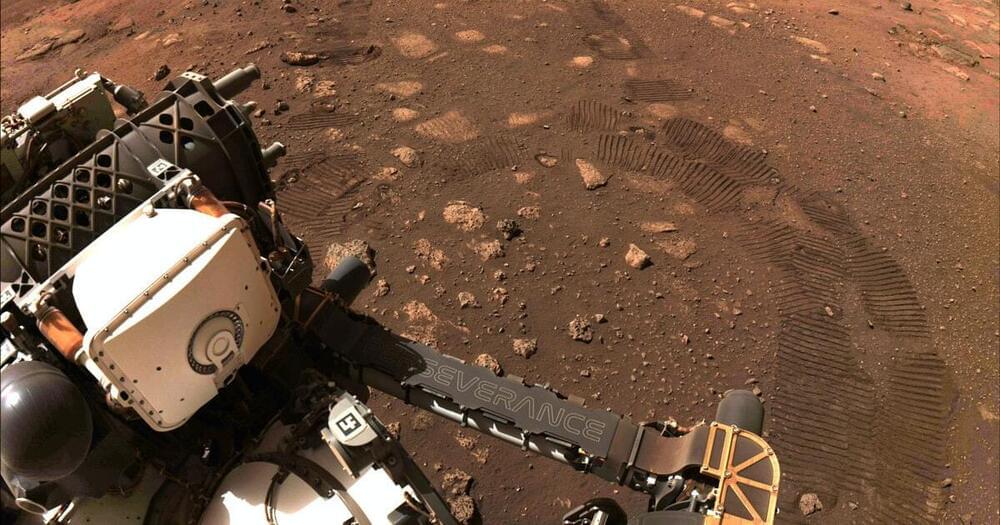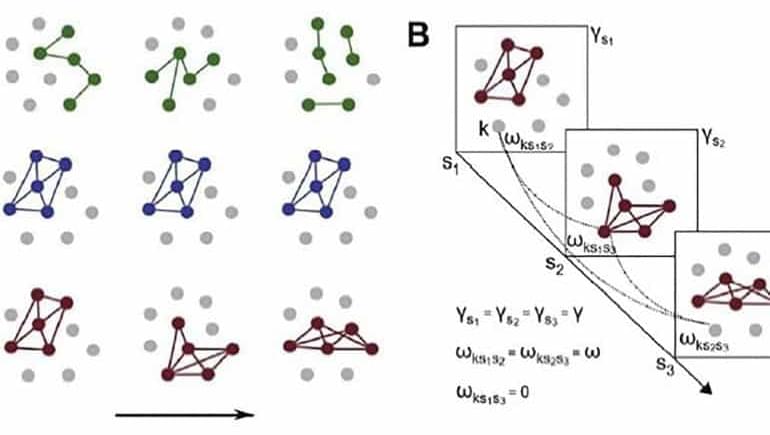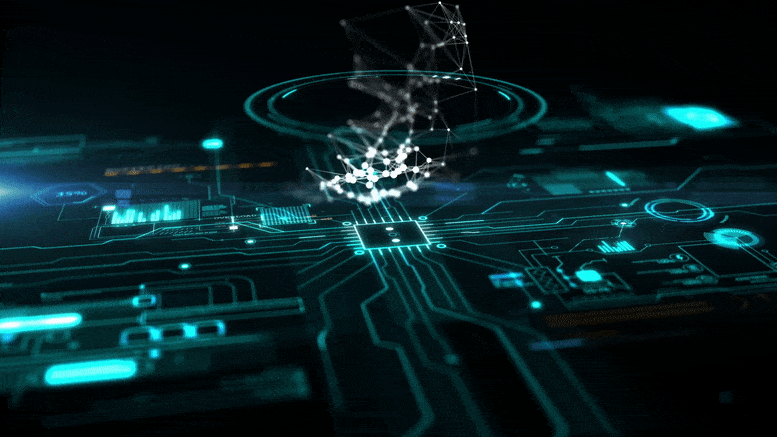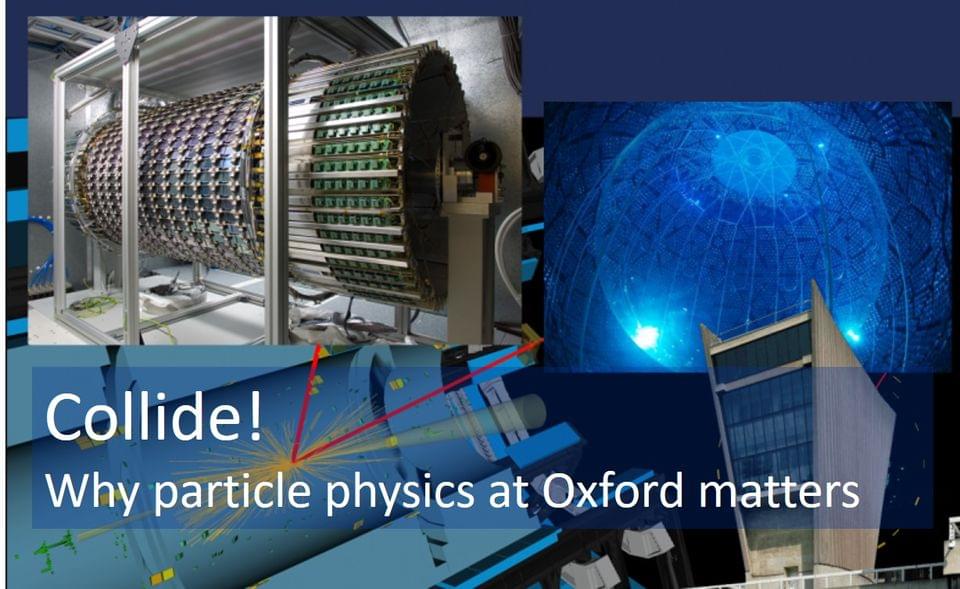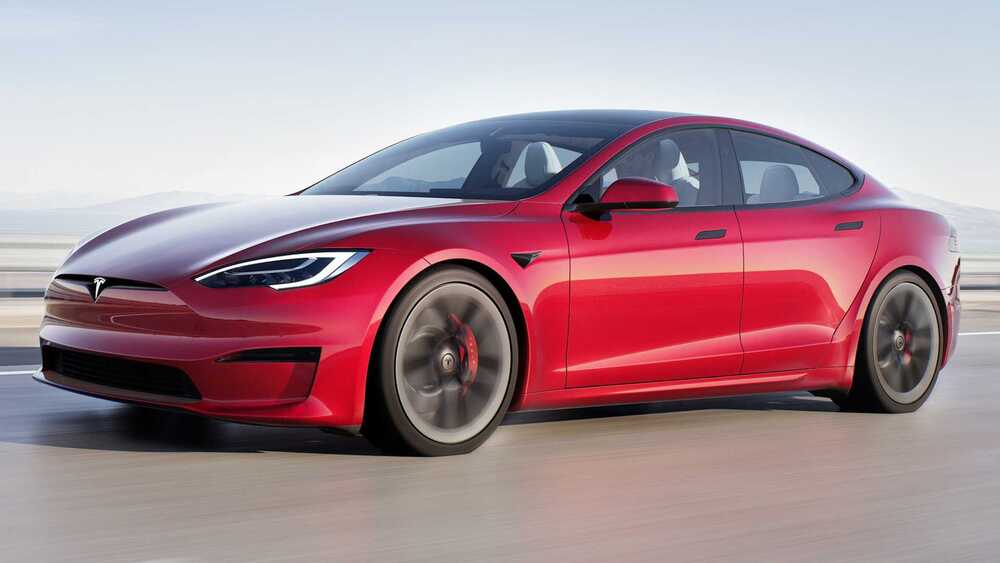Tencent Research Group Unveils ‘PIRenderer’, An AI Model To Control The Generation Of Faces Via Semantic Neural Rendering.
Only one week after astronomers noticed a moving object in the sky, they’ve identified it as a long-periodicity comet from the Oort Cloud.
Despite ongoing efforts to find ancient life on Mars, Martian meteorites tell a different story.
A new study suggests that Mars may have been a dry desert during its past, decreasing the chances of the Red Planet hosting life.
Maybe try a 100 percent recycling rate for sewage and chemical extraction.
As if going to the bathroom in microgravity wasn’t complicated enough.
It sounds as though the four space tourists on SpaceX’s historic Inspiration4 flight last week had a bit of a smelly mishap. The Waste Management System experienced an “anomaly” — that’s code of “uh oh” in space jargon — with its suction fan causing the crew to struggle with doing their business while floating hundreds of miles above the surface.
Musk also promised a number of improvements for the next all-civilian space tourism flight. “Definitely upgraded toilets,” Musk responded to another Twitter account suggesting heated toilet seats. “We had some challenges with it this flight.”
Summary: Brain activity during conscious wakefulness presents large integrated and dynamic network modules which fragment during sleep.
Source: AIP
Consciousness remains one of the brain’s biggest mysteries. We know very little about how it emerges from activity within the brain, but most neuroscientists agree consciousness is dynamic in nature.
Alphabet’s floating internet venture Project Loon may have been deflated, but its legacy looks set to live on through a new effort called Project Taara. The team has salvaged the technology to deliver internet connectivity with lasers, demonstrating the viability in a new test between two cities separated by the Congo River.
Originally a Google side hustle before being spun off into its own project by parent company Alphabet, Project Loon had lofty goals of connecting remote regions to the internet by beaming lasers between high-altitude balloons. After years of successful trials however, the project was eventually grounded in January 2021 due to sky-high costs.
The balloons may have been a bust, but there’s still life in the lasers. After all, wireless optical communication systems could help connect communities where it’s not feasible to build complex grids of underground optical fiber cables, and where cellular or satellite internet is patchy or expensive.
The new sanctions will block all trades involving Suex and U.S. entities.
The new artificial intelligence tool has already led to the discovery of four new materials.
Researchers at the University of Liverpool have created a collaborative artificial intelligence tool that reduces the time and effort required to discover truly new materials.
Reported in the journal Nature Communications, the new tool has already led to the discovery of four new materials including a new family of solid state materials that conduct lithium. Such solid electrolytes will be key to the development of solid state batteries offering longer range and increased safety for electric vehicles. Further promising materials are in development.
Thu, Sep 23 at 8 AM PDT.
Join us on-line from 4pm to 7pm on Thursday 23 September for a livestream event to learn about particle physics research at Oxford. Hear from researchers studying High Energy collisions, and phenomena like dark matter, antimatter, and neutrinos; follow a guided tour of our Minecraft model of the CERN laboratory; and watch exciting demonstrations from the Accelerate! show. Oxford particle physicists will be available through the evening to answer your questions.
Live, via the Oxford Physics YouTube channel. Everyone is welcome, regardless their knowledge of physics.
Full Schedule
How true Eric Klien?
Elon Musk has announced that Tesla owners who want to be FSD Beta testers will have to accept being monitored and then drive safely for seven days.
